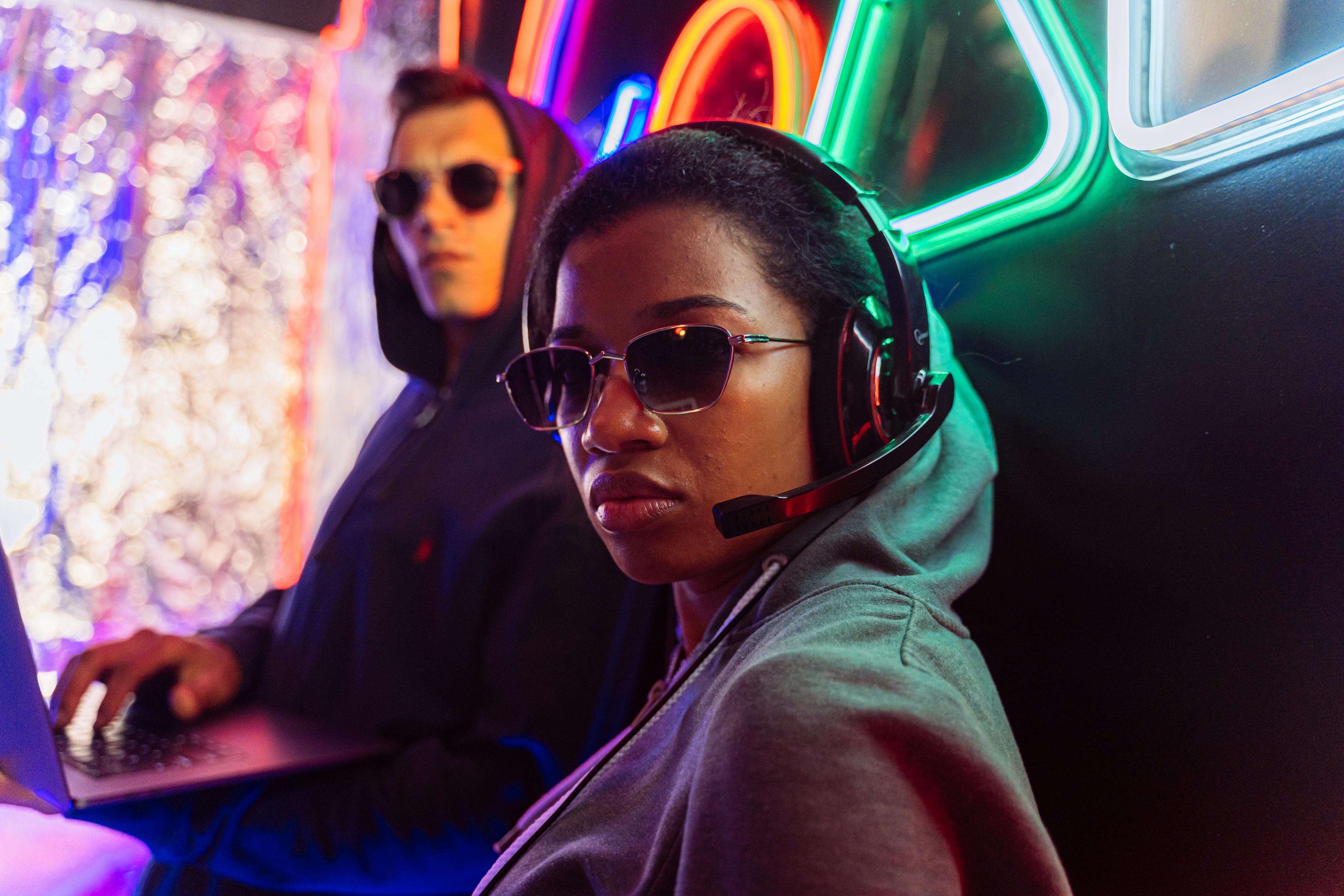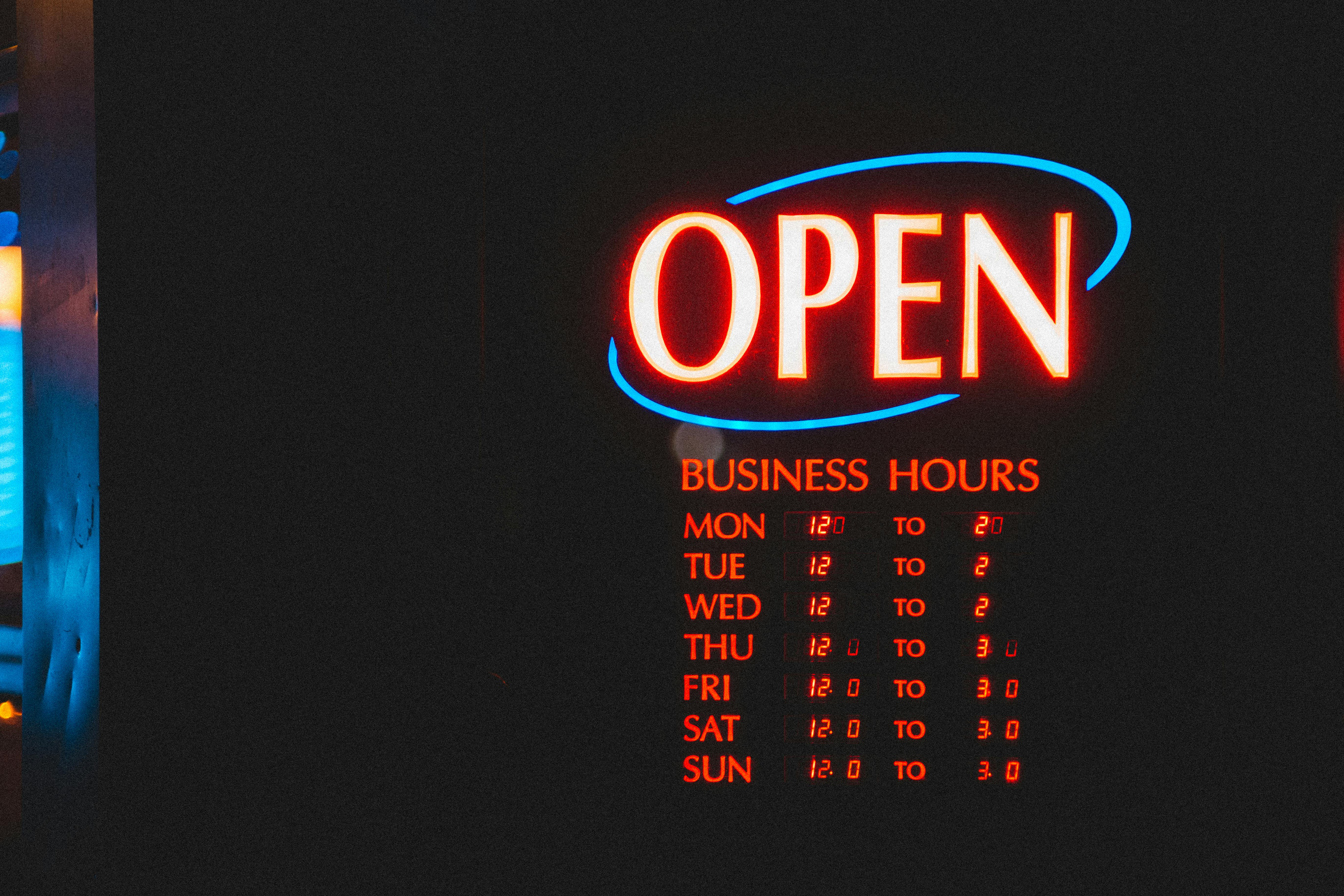If you’re going to be a successful voice actor, you need to have a broadcast-quality studio, or else your files will be returned to you and your reputation will plummet. Buy the best microphone he can afford, but it must be suitable for his voice. You go to a well-stocked audio or music store in a city, try a few in your price range, and record your voice using a high-end “pop” filter ring on each one…essential for every broadcaster. Request playback through decent HiFi speakers in a quiet room. Don’t just listen through headphones live, that won’t give you any useful information about the quality of the mics you’re testing.
So what are you listening to on playback? Well, a broadcaster needs a microphone that picks up all the “nice” overtones in his voice and cuts out the “bad” elements. I personally use a Neumann U87 and a Neumann TLM 103 as they seem to suit my deep bass voice. It gives my voice resonance and authority while maintaining high end clarity. Years ago when I was testing microphones, I found that Electovoice’s mics made my voice muffled for some reason, and AKG’s were thin and lifeless when recording my voice. However, I know voice actors who love these other mics, so you need to see which one is right for your own voice and the way you use the mic.
You’ll find USB microphones at very good prices (such as the Rode NT or the Audio Technica AT2020), but I suggest you avoid them. A professional broadcaster really needs a traditional large condenser microphone with an XLR audio jack, not a USB digital jack. As a general rule of thumb, you’d be looking to spend at least $500 on a microphone, and you may get lucky and find a used one on the net at a deep discount on the new price. At the microphone store, I’d also buy a good quality pop filter (double filters are usually best) and a quality anglepoise type mic stand so you can get the mic in exactly the right position, plus a cage or mount. Spring-loaded microphone mount so it doesn’t pick up vibrations from the desk.
So how does the entire voice actor connect? The microphone should be connected with a thick quality shielded XLR cable to a very good quality preamplifier, such as a Focusrite Scarlett or Steinberg UR 22 (which I have), which is then connected to a USB port on a computer. Aim for total silence on both the microphone and recording chain and also in the room or voice booth you are recording in. Unless you just want to record hard-sell “screaming” scripts, there will be times when the slightest bit of interference or hum will ruin what’s called the “noise floor” of a voice actor’s recording. Once you have found a quiet room, the walls and ceiling should be treated with acoustic foam tiles. This should be done to create a “dead” recording zone without acoustic reflections.
You may not want to record your audio on your computer. I don’t, actually. I prefer to connect my mic to a standalone solid-state recorder, my trusty old Marantz PMD 661. It gives me more flexibility to pull out the SD card for audio editing on train rides, and I like the confidence that soloing gives me. recorder is doing its job 100% of the time and that no computer program is interfering.
So what about the place where you are going to record as a voice actor? At home, a large room or even a garage with a built-in professional voice booth would be ideal, but they are very expensive, at least $4,000. These cabins are very heavy and are delivered in a huge box in the form of a kit. They are basically a big box that you enter through a door and there is usually a window. Inside there will be a desk and chair, plus your screen microphone, keyboard, and mouse.
If you can’t afford or don’t have the space for a voice booth, you’ll probably start with a small room that you can fit. Remember you want the nasty noisy computer with its fans OUTSIDE the room you’re in, next to it with appropriate USB cables and amplifiers leading to your keyboard, mouse and screen in front of your microphone. Or if you have a soundproof closet that offers ventilation for the computer, that might work as well. Audio output cables should also run to your amplifier and speakers and audio meters (ideally sensitive professional PPM meters) in your studio which will have a headphone jack for led sessions over the phone or Skype, or any of the systems like ipDTL that they are very high quality “record on your end” setups.
On the computer you will need audio editing software, (I use Adobe Audition) Skype, Word, PDF reader and that’s it, plus the email system that you will use to receive jobs. It won’t cost you a fortune to set up a good home studio, but a fortune is what you could earn as a successful voice actor. Good luck for you!



